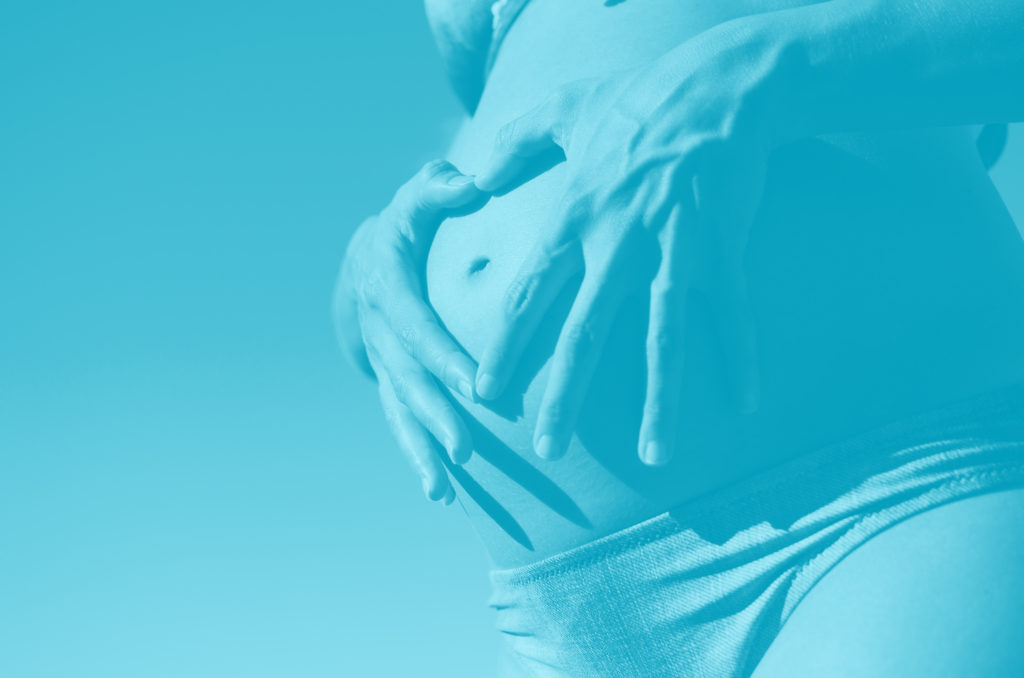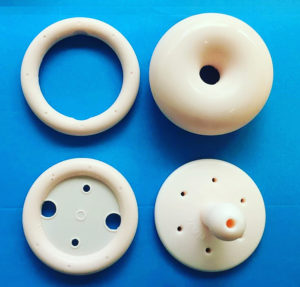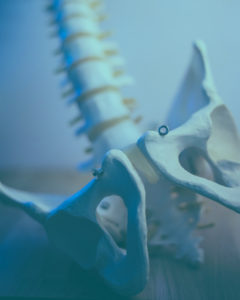
When pregnancy gets the best of you
Pregnancy should be an exciting time for women, but can be bumpy for some. Some get morning sickness, some get fatigued, some get reflux, some get really weird food cravings. Such a mixed bag! Let’s add to that pelvic girdle pain! Yay!
Pelvic girdle pain or PGP is a term that physiotherapists use to describe musculoskeletal joint pain that develops during pregnancy. When we are pregnant, pregnancy hormones soften the ligaments of joints to accommodate for growing bubs. As one advancesalong during their pregnancy, there is increasing weight across the abdomen and thus starts the chain reaction.
Weight around the abdomen and ligaments softening
![]()
Centre of gravity shifts forward
![]()
Change in posture
![]()
Extra strain of muscles around the pelvis to accommodate
![]()
PGP!
And then not to mention the heavier breasts that then could put more strain on the back, but just higher up! Bit of a vicious cycle.
PGP can also be associated with sciatica-like symptoms down either or both legs or pubic symphysis pain. Some of the typical symptoms are:
- Pain with sustained or prolonged postures or activities
- Worsening pain end of the day
- Any activity that requires standing on one leg or putting weight on one leg eg. stair walking or putting your leg on the bathtub to shave
- Any activity that requires a wide or split stance/movement such as getting out of the car or bed, sumo squats to pick up your toddlers or something off the ground
PGP can affect any woman at any time. It’s quite common but some women don’t experience it at all. But for those that do, there is a reasonable chance it can develop earlier with subsequent pregnancies. And for some women a handful of appointments with physios, chiros, osteos do the trick, but for some unlucky women they may require treatment right up until their due date.
Some tricks that might be able to help are:
- Applying heat to your back and ice to the pubic bone at the front if you have pubic symphysis pain
- Wearing a sacroiliac belt around the pelvis to provide support or tubigrip for abdominal support
- Staying active to help build and maintain strength around the pelvis. Plus the added bonus is that it helps with preparing your body for labour and childbirth
- Avoid activities that require standing on one leg
Try to keep the weight through each leg even. Which yes as annoying as it is, you might have to sit to shave your legs or put clothes on - Keep your legs together or hip width apart to avoid split movements.
- Rolling to get out of bed, best with legs together. Rolling over in bed, roll onto all fours first. Getting into bed it may help with crawling onto all fours first
- It may help if you sit on a plastic bag to swivel in and out of the car
If you feel you need more help and some of those tricks aren’t doing enough, It may be that some treatment could be needed. Get in touch!
Related Articles

Endometriosis. What can be done?
Pregnancy related pelvic pain and everything starts to get a little bit too much

Prolapse and Pessaries
Pregnancy related pelvic pain and everything starts to get a little bit too much

I have a prolapse, now what?
Pregnancy related pelvic pain and everything starts to get a little bit too much